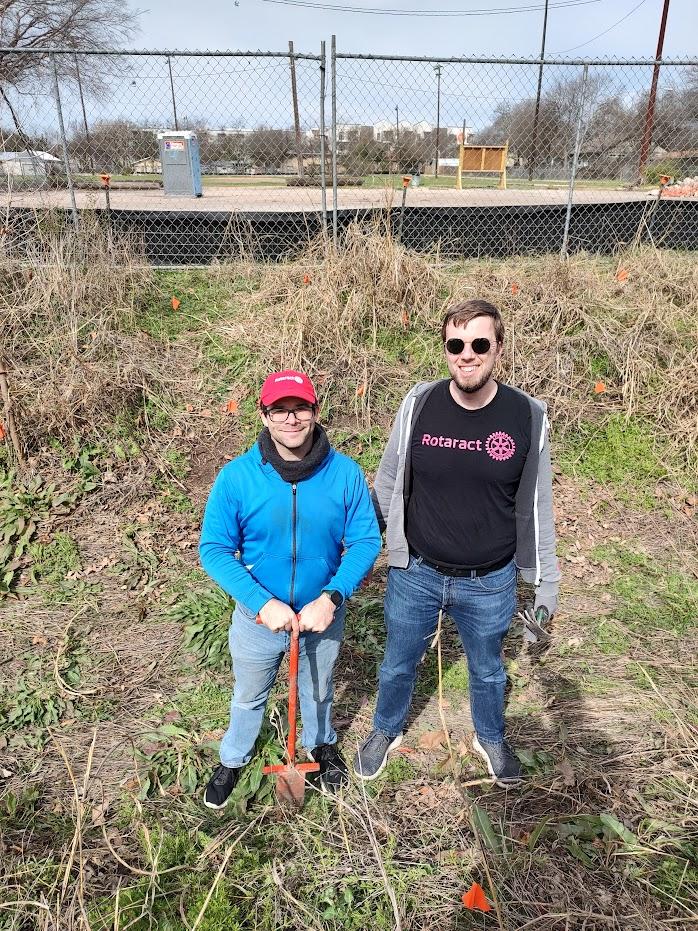By: Patrick Hanrahan, Austin Cosmo Rotary Member
This summer has been a hot one, with temperatures breaking records on most days. Urban areas
can experience significantly higher temperatures than rural surroundings. These “heat
islands” intensify energy demand, worsen pollution, and pose health risks. Two major causes of
this phenomenon include urban material properties and reduced natural landscapes in cities.
Hard, dry surfaces in urban areas, such as roofs, sidewalks, roads, buildings, and parking lots,
provide less shade and moisture than natural landscapes and therefore contribute to higher
temperatures. On a clear, calm night, this temperature difference can be as much as 22
degrees Fahrenheit.
Planting Shade
Increasing tree and vegetation cover lowers surface and air temperatures by providing shade
and cooling through evapotranspiration. Austin plans to reduce urban heat by planting 400,000
trees.
We challenge each Rotarian to plant two trees by the end of Rotary’s environmental month on
April 30th, 2024.
- Join a tree planting service project like Ready, Set, Plant!, a volunteer tree-planting program that plants 10,000 trees each year along Austin’s creeks and rivers.
- Adopt native trees well adapted to the Texas climate from a Neighborwoods event
(starts in October), then partner with fellow Rotarians and other community partners and
form a CommuniTree Partnership like the Rotary Club of Highland. - Make a donation to Treefolks, an organization with local roots planted way back in Every $3 donated means another tree planted in Central Texas.
Whether planting trees, picking up plastic trash, or completing other impactful environmental
projects, be sure to use the iRotree app to document those acts of service.



